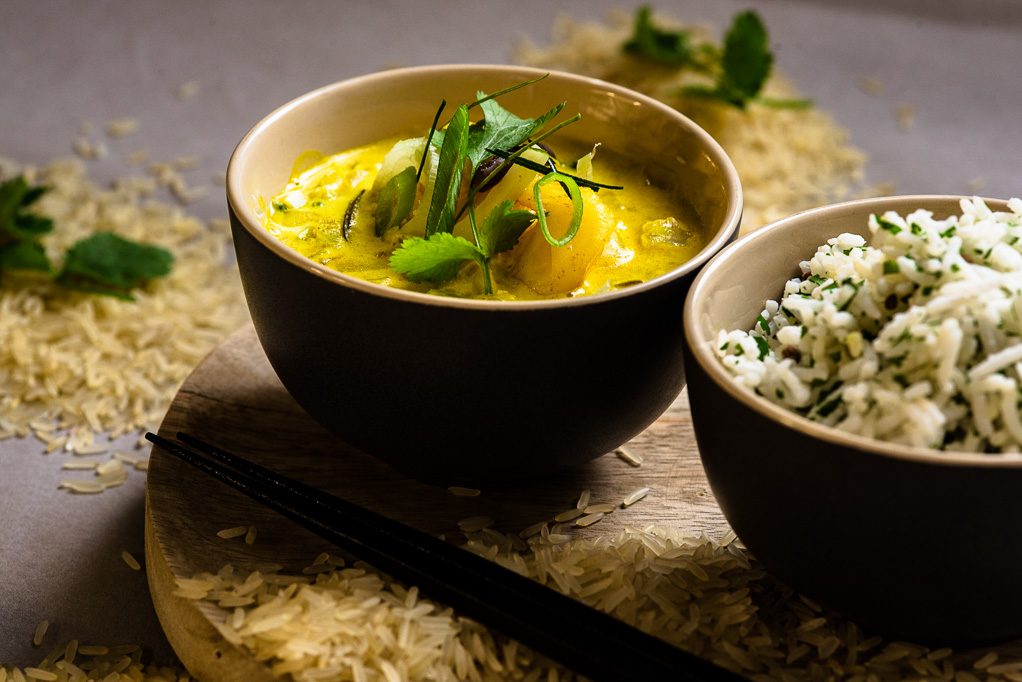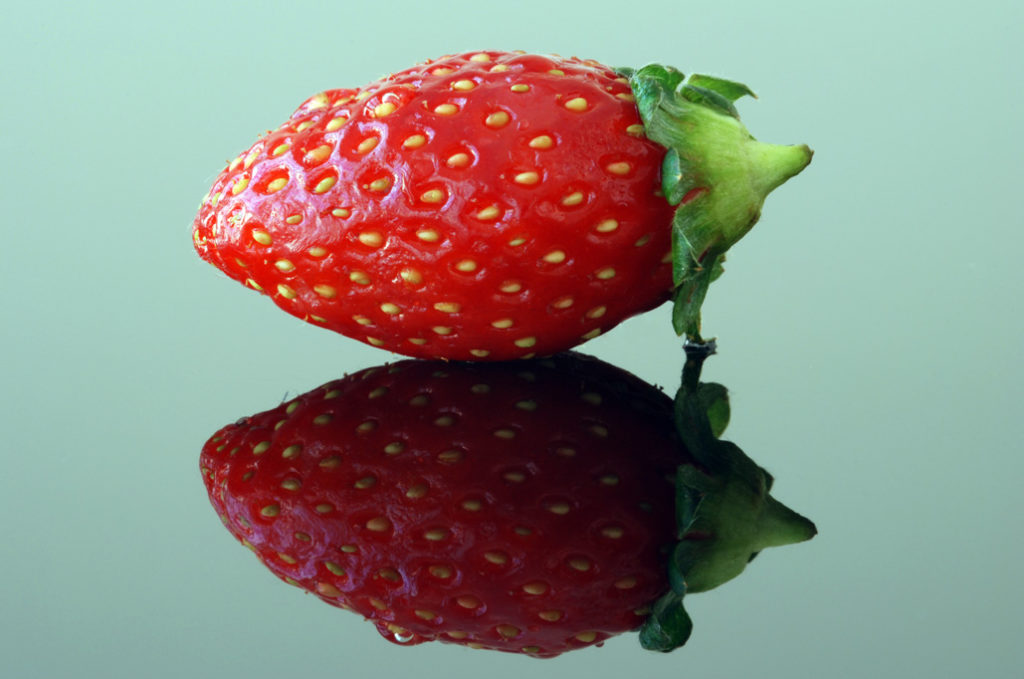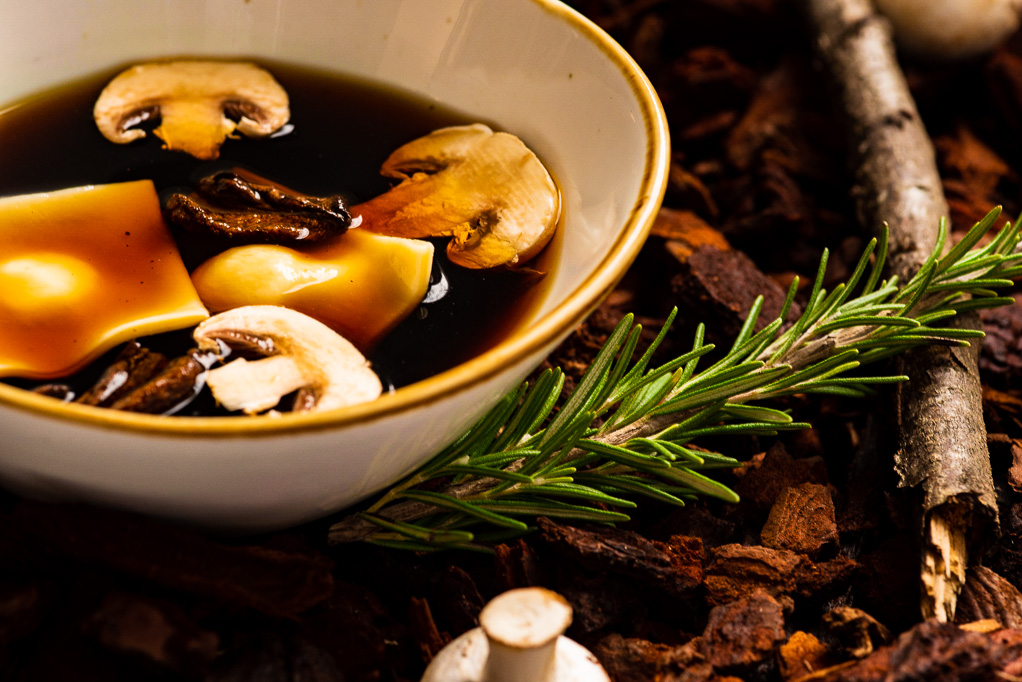Let's Talk Food
Satisfaction Level
Get the Basics right
Its considered as still life photography
When you start preparing a dish and compromise on the quality of the product, you will never be able to have a great result. In photography the aim should be to click the shot as perfect as it can be, having in mind that you probably have no chance in recovering mistakes in post processing, or if, you spend expensive hours to fix a mediocre outcome. It’s simple you make a mistake in the beginning you pay the bill at the end!
Here are some tips on how to get it right:
1. Natural lighting
A few rays of sunlight will transform your food photograph better than any Photoshop filter, but not all-natural light is created equal.
Don’t be lured towards a bright patch of unshaded sunlight. The harsh direct lighting can give your food dark shadows. If you’re dealing with a snack that’s naturally light in color, like oatmeal or mashed potatoes, exposing it to direct sunlight might cause its texture to look shapeless, and render the entire image overexposed.
The sweet spot for natural lighting is an area of shade on a sunny day. Finding a shaded window sill, tree covering, or even propping an umbrella up over your food is going to give you that evenly lit, textured, and defined aesthetic that separates one food photograph from the next.
2. Composition
Look at any great food photograph and you’ll notice the main dish is rarely the only subject in frame. Food photographers style their images with background dishes, utensils, napkins, and other ingredients in order to draw the eye towards the main subject and add interest to a picture.
It’s important to know that when we look at photographs, our eyes naturally fall on certain intersection points of a frame. Photographers capitalize on this information with the Rule of Thirds.
A common misconception is that the Rule of Thirds involves including three different items in a photograph to create interest, but the technique has nothing to do with placing objects in groups of three.
To follow the Rule of Thirds, imagine that your frame is divided into an even nine part grid, just like a Sudoku puzzle. The main subject of a photograph should be positioned either at the intersections of these lines, or along them.
Whether the subject is a piece of pizza, a lemon, or a bowl of soup, the Rule of Thirds never changes.
3. Food styling
While composition is going to help add interest and focus to your images, great food photography needs great food styling.
You may not usually eat breakfast with a scatter of coconut flakes, pumpkin seeds, and hemp hearts elegantly draped beside your morning toast, but employing these types of stylistic choices is going to help draw people’s interest to the main subject in frame.
Here are the styling techniques to keep in mind:
- Choose your best-looking plate, bowl, or serving dish.
Don’t be afraid to try unconventional options like wooden plates, marble cutting boards, or stone bowls and see how they work for your photographs. If you can’t splurge on the expensive stuff, don’t worry! A lot of unique serving ware can be found at secondhand shops for a quarter of the price of more expensive retail outlets.
- Don’t forget about cutlery.
Many great food photographs use cutlery to ground the image in reality, and give the viewer a sense that they could just dive right in.
- Use fresh ingredients as background details.
A few juicy lime slices and hot chili flakes scattered beside a monotonous (but delicious) plate of Pad Thai helps to freshen up the image. Don’t be afraid to experiment with unlikely background details like leaves or dried flowers. When executed correctly, your viewer isn’t going to be wondering how leaves got on the table, they’re going to be wondering how your images look so great.
- A cloth napkin adds color and texture to an image.
While a blue linen napkin behind a roast chicken can help make the image pop, a detailed or embroidered napkin can add texture beside a bowl of soup.
- Don’t forget the garnish.
A sprinkle of parsley can add life to a brown-hued plate of Bolognese as much as a sprinkle of cilantro and olive oil can take a regular bowl of guacamole to the next level.
Finally:
This topic can be explained and discussed endlessly. Let me know if you want to know more, am happy to revert back.
www.moi-photography.com/oui-chef

Sweet Potato & Peanut Soup
24 mm – ISO 200 – f/4 – 1/25 sec

Malaysian Prawn Curry, Coriander Rice
105 mm – ISO 200 – f/9 – 1/3 sec

Strawberry
105 mm – ISO 200 – f/9 – 1/3 sec

Farfalle, Chorizo Brava Sauce
105 mm – ISO 200 – f/16 – 1/15 sec

Wild Mushroom Essence, Truffle Ravioli
105 mm – ISO 200 – f/8 – 1/25 sec